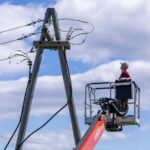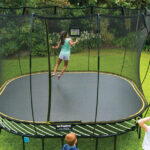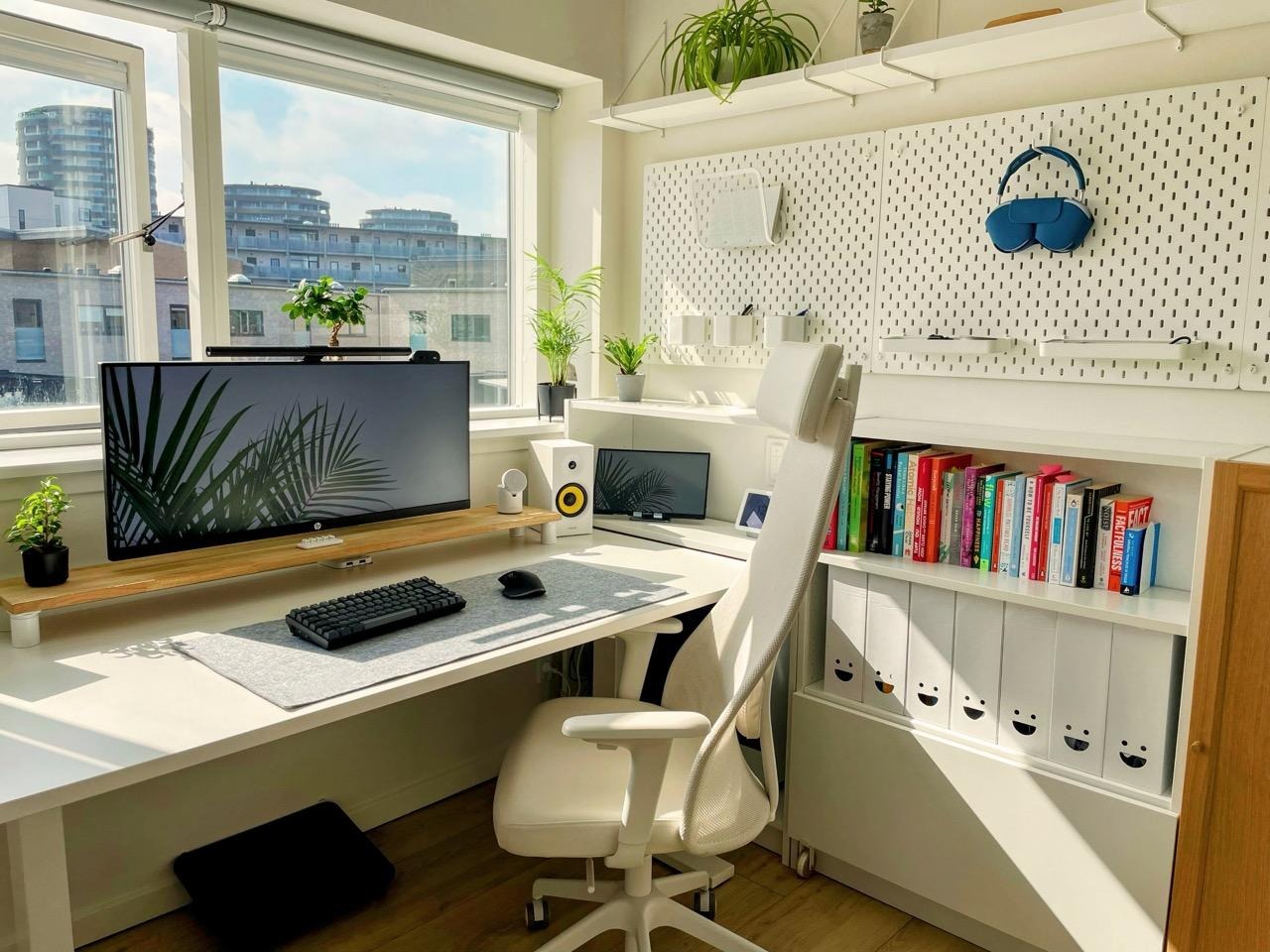Hybrid work is now more than just a trend—it’s the new normal. For Australian employers and professionals navigating the evolving landscape of work-from-home flexibility and in-office collaboration, creating environments that support both focus and functionality is essential. In this article, we explore how to craft an efficient hybrid workspace, balancing home comfort with professional performance, and integrating key design principles backed by modern workplace psychology.
Australia’s Shift to Hybrid Work
According to the Australian Bureau of Statistics (ABS), over 40% of Australians regularly work from home. This shift has prompted businesses and employees alike to rethink traditional office arrangements. From Sydney’s fintech start-ups to education departments in Canberra, hybrid work demands adaptive environments that foster comfort, productivity, and continuity—no matter the location.
Employers are now tasked with supporting decentralised teams. This means ensuring home workspaces meet the same ergonomic and functional standards as corporate offices, while also reimagining in-office layouts to suit dynamic schedules and collaborative tasks.
Ergonomics: The Non-Negotiable Foundation
Whether working remotely or in a shared space, ergonomics is central to health and performance. Poorly set-up workstations can cause musculoskeletal disorders, fatigue, and reduced output. Safe Work Australia attributes over 55% of workplace injuries to ergonomic issues, and these don’t disappear at home.
One increasingly popular solution for hybrid environments is ergonomic sit stand desks. These height-adjustable desks allow users to shift between seated and standing positions throughout the day. Not only does this reduce back and neck strain, but research from the University of Sydney also shows sit-stand desk users report a 25% decrease in physical discomfort and a 20% improvement in mental focus after three months of regular use.
In the home, where people often improvise with dining tables or makeshift setups, the benefits of such desks are amplified. And in office settings, they serve as an investment in long-term employee wellness—reducing absenteeism and boosting morale.
Designing the Home Office: Comfort Meets Functionality
A hybrid workspace needs to be tailored for deep work, virtual meetings, and daily administrative tasks. Here are key principles for setting up a high-performing home office:
- Lighting: Natural light enhances mood and focus. Place your desk near a window if possible, but avoid direct glare on screens.
- Posture-first furniture: Choose a chair with lumbar support and armrests. Ensure your screen is at eye level to prevent neck strain.
- Dedicated zones: Where possible, separate your work area from your relaxation space to maintain work-life boundaries.
- Minimal distractions: Use noise-cancelling headphones and reduce clutter to stay focused.
A Melbourne-based software engineer Samira noted a 30% improvement in her workflow after switching from a dining table to a proper workstation. “It’s not just about comfort—it’s about mindset,” she said. “My day feels structured, even though I’m at home.”
Rethinking the Office: Collaboration-Centric Design
While remote work offers flexibility, the physical office still plays a key role in fostering culture, creativity, and team cohesion. The hybrid office of today isn’t about assigned desks—it’s about purposeful spaces. Hot-desking areas, breakout rooms, and tech-enabled collaboration zones are increasingly popular across Brisbane, Sydney, and Adelaide.
Smart commercial spaces also incorporate zones for informal discussions, project planning, and deep work—recognising that different tasks require different settings. Acoustic panels, modular furniture, and writable glass boards help enhance interaction without sacrificing individual focus.
For organisations redesigning their spaces, professional guidance can make all the difference. By partnering with experienced commercial office fit-out services, companies ensure their layouts are future-proofed and strategically optimised for both culture and productivity.
Case Study: Hybrid Success in Action
A Canberra-based policy advisory firm recently transitioned to a 60/40 hybrid model. The leadership team invested in both home ergonomic kits for staff and an open-concept office overhaul. Fit-out specialists introduced activity-based working zones, soundproof booths for client calls, and sit-stand workstations throughout. Within six months, the firm reported a 22% improvement in project turnaround times and a 15% increase in staff satisfaction, per internal HR metrics.
Similar stories are emerging from education, finance, and design sectors across Australia, proving that strategic hybrid work planning pays dividends across industries.
Bridging the Digital-Physical Divide
Technology is key to making hybrid work seamless. Cloud-based collaboration tools, secure VPNs, and digital whiteboards have become staples of hybrid operations. But it’s equally important to bridge the physical setup—ensuring devices are ergonomically positioned and workstations support prolonged digital interaction.
Dual monitor arms, cable management trays, keyboard platforms, and anti-fatigue mats are all useful add-ons to complement a high-performance desk. Whether you’re running a SaaS startup in Perth or managing a remote marketing team in Hobart, these adjustments translate to higher concentration and sustained output.
Practical Tips for Employers Supporting Hybrid Teams
If you’re a business leader or office manager adapting to this new normal, consider the following:
- Audit Home Setups: Provide staff with ergonomic guidelines and optional furniture subsidies to align remote workstations with in-office standards.
- Invest in Modular Design: Choose furniture and layout styles that can evolve as team needs change.
- Leverage Professional Fit-Out Expertise: Fit-out professionals offer tailored insights on everything from lighting and power points to acoustics and spatial zoning.
- Communicate Flexibly: Create workplace policies that prioritise outcomes over hours or location, and support individual work styles.
Conclusion: Building Future-Ready Workspaces
The hybrid model is here to stay. Forward-thinking Australian businesses are embracing this shift by aligning physical design with digital workflows. Whether it’s through ergonomic sit stand desks that keep energy high or smart commercial office fit-out services that bring cohesion to distributed teams, the best workplaces of 2025 will be adaptable, human-centred, and built to perform.
From Melbourne boardrooms to Queensland home offices, designing with intention today means better productivity, wellness, and satisfaction tomorrow. Now is the time to invest in the hybrid work experience—your team (and your bottom line) will thank you for it.








